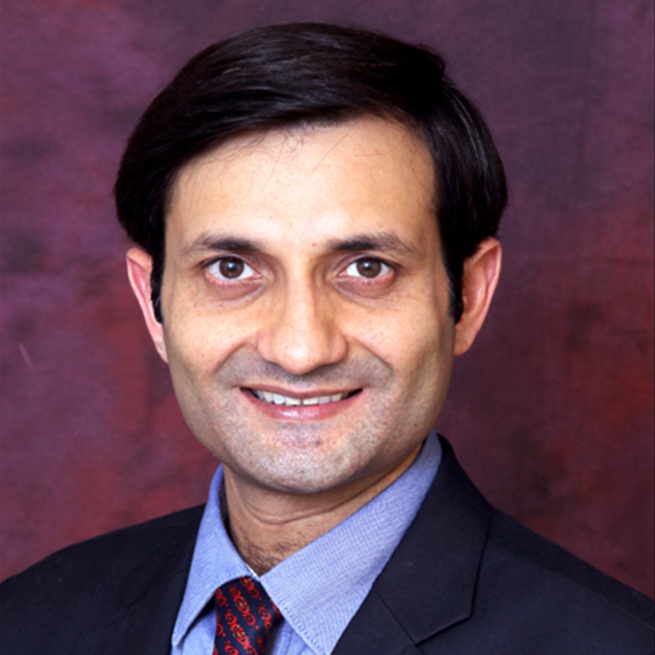Retinopathy of prematurity (ROP) continues to be a leading cause of treatable childhood blindness worldwide. This vasoproliferative disease affects the smallest (low birth weight), most fragile and those who were born early (low gestational age).
In order to monitor progression and provide appropriate intervention during the critical period of advanced ‘referral warranted’ disease, regular (often weekly) screening examinations are required. Typically, it is skilled ophthalmologists that perform these exams, largely by indirect ophthalmoscopy. This translates into many examinations, for an increasing number of premature infants, by very few ophthalmologists with ROP expertise – if there is one available in the area at all. Notably, fewer than 10 percent of examined infants with any ROP will require treatment.
Advancements in the capabilities of retinal imaging over recent decades have aimed to improve and streamline the process of screening and detecting severe ROP, addressing challenges related to accessing care, providing specialized training in ROP, and creating appropriate documentation of disease progression.
As explained by Dr. Igor Kozak from Moorfields Eye Hospital Center in Abu Dhabi, United Arab Emirates: “Teleophthalmology is a rapidly evolving field which combines available technology, image analysis and clinical experience to provide (mostly) diagnostic services in the absence of ophthalmologist in situ. It is applicable in areas with discrepancy between a high number of patients and an insufficient number of specialists.”
A recent review published in Seminars in Perinatology from Dr. Graham Quinn, Children’s Hospital of Philadelphia and University of Pennsylvania, U.S., and Dr. Anand Vinekar, Narayana Nethralaya Eye Institute, Bangalore, India, weighs in on important developments in retinal photography and telemedicine in ROP. They discuss important studies that have enhanced our understanding of the pros and cons of using retinal imaging as a tool to ensure timely care for the increasing number of infants at risk for ROP blindness around the world.1 They summarize the methods and findings from eight key ROP telemedicine projects conducted over the past two decades, using several different approaches to imaging, (i.e. retinal imaging performed by ophthalmologists, nurses or specially trained non-physicians) and screening and diagnosis of ROP, some dating back to the early 2000s.
Dr. Quinn has been fundamental to the development of ROP screening and treatment programs around the world, assisting eye care and neonatal teams with the emerging and growing demands of caring for premature infants. He explained where digital imaging may play a key role in meeting the needs
of ROP screening: “Telemedicine is most likely to be easily implementable is those regions with low levels of ophthalmologist availability, whether due to limited numbers of ophthalmologists or distance from service, he said. “In regions with high density of service, there may be less of an urgency to use ROP telemedicine, but I expect that this will change over time as more data are developed for implementation and costs, and as demand for detection increases with the increasing population of premature infants.”
Dr. Kozak confirms this variability of acceptance and uptake of telemedicine screening programs for ROP: “In spite of increased sensitivity and specificity of teleophthalmologic screening, the current recommendation by the American Academy of Ophthalmology (AAO) is that that ‘telemedicine is an useful adjunct but not a replacement for binocular indirect ophthalmoscopy’.2,3 However, in countries with low/middle income and with a fewer number of trained specialists per population, this approach has increased availability of service.”
Dr. Vinekar has vast experience with the implementation of these program. He leads the Karnataka Internet Assisted Diagnosis for Retinopathy of Prematurity (KIDROP) program in India, which uses a modified wide-field camera for automatic uploading of images that are reviewed by a specialist.4 An impact assessment of KIDROP showed that in the 10 high-risk ROP states (a population of 680 million), more than 35,000 infants would be detected with ROP with 1,200 of those needing treatment annually. This means KIDROP is a significant “blind-person-year” saver, estimated at $108 million (USD).5
Dr. Vinekar described the value of telemedicine in ROP (or tele-ROP): “It is emerging as a powerful and pragmatic solution to deliver ROP screening in the rural outreach and underserved areas of several middle-income nations, where there are millions of infants and a handful of specialists to carry out the service alone.”
“Besides non-physician certified imagers, nurses in these remote neonatal units can be trained onsite and remotely (like in India) to obtain images and even report them with an initial decision-based algorithm: refer for treatment, follow-up or discharge triage,” explained Dr. Vinekar. “Even nations with adequate human resources are adopting image-based screening because of its medico-legal advantage in documenting disease and outcomes after treatment. With the availability of new, more affordable wide-field cameras, the field is only expanding. In countries like India, these cameras are already being used for universal eye screening.”
As treatments for ROP and techniques for retinal imaging technology continue to evolve and improve, Drs. Quinn and Vinekar caution that conclusions and recommendations for digital image evaluation in ROP cannot be set in stone.
They leave readers with a series of important questions to consider, raised by these changing paradigms: “Should quantitative measures be used to assess disease severity? What other imaging modalities should be considered? Should studies of optical coherence tomography or fluorescein angiography be conducted to determine greater detection of potentially serious disease? Should only images of the posterior pole, which are easier to obtain, be considered? What is the utility of examining mosaicked images versus single images? How might image evaluation need to respond to changing indications for treatment over time?”1
Dr. Vinekar shares his enthusiasm and optimism for the advancements that are on the horizon in ROP, noting: “Artificial intelligence in ROP may hold promise in handling large number of images as the number of adopters increase.”
Dr. Kozak adds his impression of teleophthalmology and its potential for the future: “Teleophthalmology seems to be a feasible alternative to improve services in the physical absence of health care providers. Improvements in imaging and data transfer technologies have allowed for creating functional networks of outreach clinics directing data to reading centers. While mostly diagnostic in nature at the moment, there seems to be a potential for teleophthalmology to become therapeutic modality using image-based laser systems.”6
Research:
1 Quinn GE, Vinekar A. The role of retinal photography and telemedicine in ROP screening. Semin Perinatol. 2019;pii: S0146-0005(19)30070-9.
2 Fierson WM, Capone A Jr. American Academy of Pediatrics Section on O, American Academy of Ophthalmology AAoCO. Telemedicine for evaluation of retinopathy of prematurity. Pediatrics. 2015;135:e238–e254.
3 Quinn GE, Ells A, Capone A Jr., et al. Analysis of discrepancy between diagnostic clinical examination findings and corresponding evaluation of digital images in the telemedicine approaches to evaluating acute-phase retinopathy of prematurity study. JAMA Ophthalmol. 2016;134:1263–1270.
4 Vinekar A, Jayadev C, Bauer N. Need for telemedicine in retinopathy of prematurity in middle-income countries: e-ROP vs KIDROP. JAMA Ophthalmol. 2015;133:360–361.
5 Vinekar A, Mangalesh S, Jayadev C, et al. Impact of expansion of telemedicine screening for retinopathy of prematurity in India. Indian J Ophthalmol. 2017;65:390–395.6 Kozak I, Payne JF, Schatz P, et al. Teleophthalmology image-based navigated retinal laser therapy for diabetic macular edema: a concept of retinal telephotocoagulation. Graefes Arch Clin Exp Ophthalmol. 2017;255(8):1509-1513.






